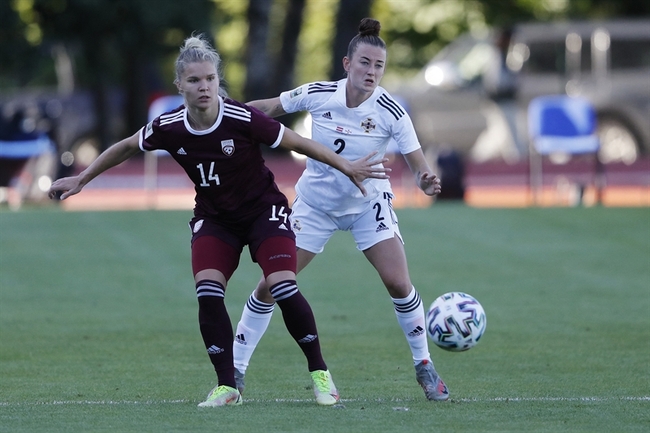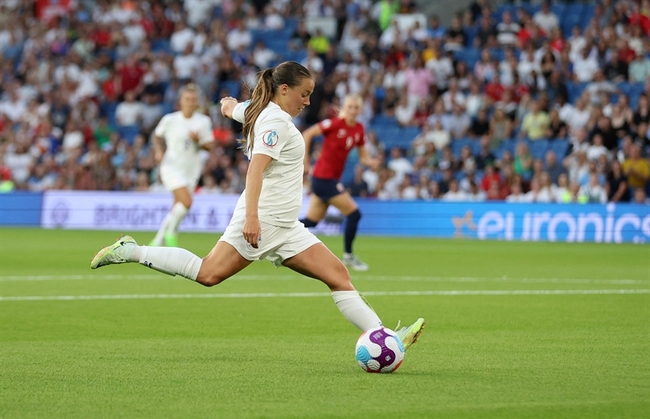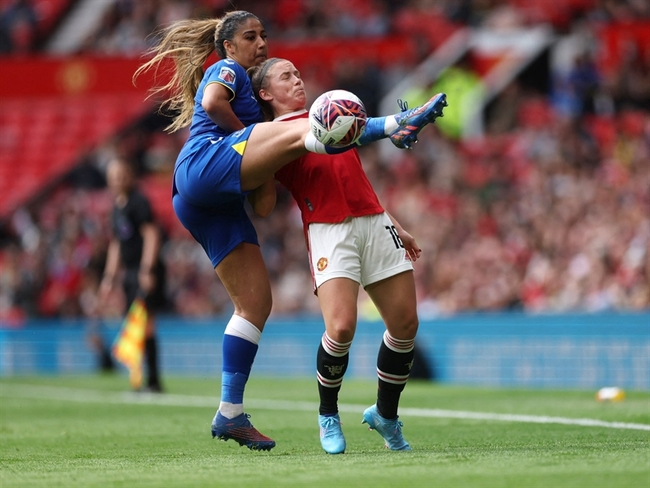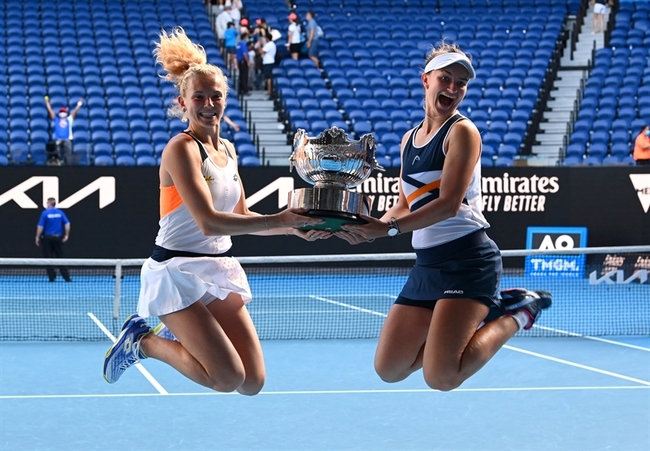You are viewing 1 of your 1 free articles
Hips keep goalkeepers in pain throughout season

Hockey player Marc-André Fleury recently demonstrated the extreme ranges of hip motion and pelvic stability a goalkeeper needs to do their job well (see video 1). Historically, hockey players in all positions report of hip and groin problems. However, goalies demonstrate more extremes of hip motion, especially internal rotation, as they contort their legs in the butterfly position to cover as much of the goal as possible (see figure 1). Besides the known pathologies that goalies suffer, such as femoroacetabular impingement syndrome (FAI), data on hip dysfunction in goalkeepers are sparse.
Video 1: Daring save by Marc-André Fleury

Therefore, researchers from Sweden conducted a prospective cohort study to determine the prevalence and consequences of hip and groin problems in goalkeepers(1). They hypothesized that hip and groin problems might often present as sub-acute type injuries that, while not preventing play, may impact the quality of play. By collecting data on all-type groin and hip pain, not just that which prompted medical attention or restricted participation in sport, they validated “the players’ own experience of when a problem starts to impair performance and participation.”(1)
Figure 1: Butterfly position for goalkeepers

The study surveyed elite Swedish goalkeepers (both male and female) using the Hip and Groin Outcome Score (HGOS) early, mid, and late season, and the Oslo Sports Trauma Research Center Overuse Injury Questionnaire (OSTRC-O) survey administered every two weeks during the competitive season. Of the 128 players enrolled in the study, 79% completed the baseline HGOS, and 76% (mean) filled out the bi-weekly OSTRC-O(1). Every two weeks, a mean of 28% of respondents reported hip or groin problems. Of the respondents, 10% of the issues were severe. Overuse problems were more prevalent than acute injuries.
Of the elite goalies enrolled in the study, 69% reported a hip or groin problem during one competitive season. These issues impacted performance in 36% of the respondents. The findings of this study point to the fact that many goalkeepers continue to play while suffering from groin and hip pain.
Practical implications
While the subjects of this study were elite athletes, young goalies train to perform the same maneuvers. Goalies require extreme ranges of hip motion and experience large forces at the hip joint. The authors of the study suggest that they resemble baseball pitchers in this regard. Just as pitchers are required to keep a pitch count to prevent overuse, perhaps developing goalkeepers should also be monitored for excessive hip loading.The authors also looked to the work done in the soccer sphere for guidance on groin injury prevention. They proposed that strengthening the adductor muscles may help prevent groin injuries, especially early in the season. Strengthening programs may be most helpful in those identified as having strength deficits. Initially validated on soccer players, the 5-second squeeze test quickly identifies those with groin and hip weakness(2).
Limitations to this study include self-reported survey format, which may bias toward those who have hip or groin issues. The questionnaires were administered every two weeks instead of every week. Studies validate accurate sports injury recall during this interval of time; however, this too may be a limitation to the study(1). Finally, the survey was not able to determine the type or severity of the reported injuries. While hockey injuries may be prolific in the mid-winter season, keep in mind the young athletes playing year-round sports. Identify hip weakness early, address with preventative strengthening, and encourage athletes to report pain and adjust load accordingly.
References
- Orthop J Sports Med. 2019;7(12):2325967119892586
- Orthop J Sports Med. 2019 Feb; 7(2): 2325967119825858.
Newsletter Sign Up
Subscriber Testimonials
Dr. Alexandra Fandetti-Robin, Back & Body Chiropractic
Elspeth Cowell MSCh DpodM SRCh HCPC reg
William Hunter, Nuffield Health
Newsletter Sign Up
Coaches Testimonials
Dr. Alexandra Fandetti-Robin, Back & Body Chiropractic
Elspeth Cowell MSCh DpodM SRCh HCPC reg
William Hunter, Nuffield Health
Be at the leading edge of sports injury management
Our international team of qualified experts (see above) spend hours poring over scores of technical journals and medical papers that even the most interested professionals don't have time to read.
For 17 years, we've helped hard-working physiotherapists and sports professionals like you, overwhelmed by the vast amount of new research, bring science to their treatment. Sports Injury Bulletin is the ideal resource for practitioners too busy to cull through all the monthly journals to find meaningful and applicable studies.
*includes 3 coaching manuals
Get Inspired
All the latest techniques and approaches
Sports Injury Bulletin brings together a worldwide panel of experts – including physiotherapists, doctors, researchers and sports scientists. Together we deliver everything you need to help your clients avoid – or recover as quickly as possible from – injuries.
We strip away the scientific jargon and deliver you easy-to-follow training exercises, nutrition tips, psychological strategies and recovery programmes and exercises in plain English.










